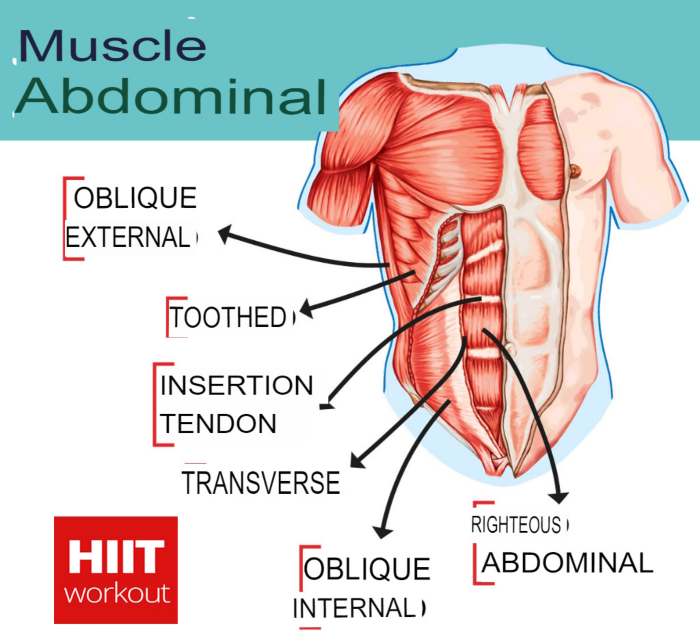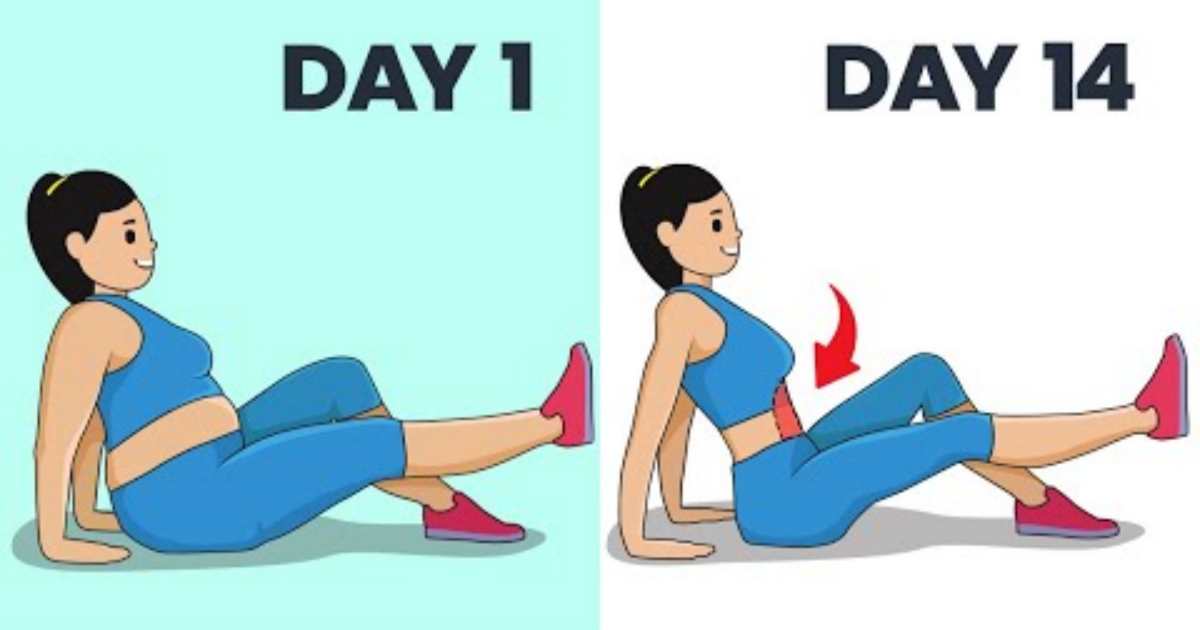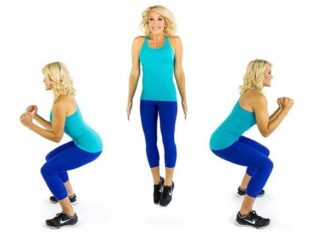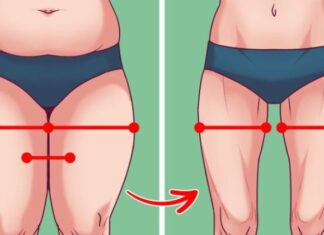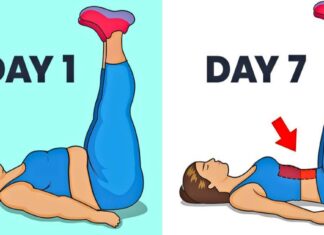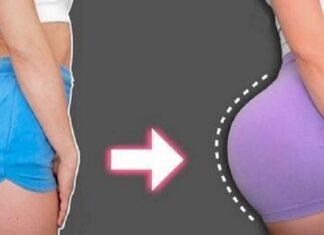Flat belly, defined waist, strengthened back and deflate a bloated belly that is promises a simple breathing exercise, called stomach vacuum. This technique makes you tone your abs, especially the transverse muscle, i.e. the deep muscles, the one that flattens the tummy.
Much practiced in yoga and taken up in Pilates, the abdominal vacuum is less demanding than an abs session which is often done incorrectly , and therefore does not bring the desired results, i.e. a flat stomach! In fact, why does someone who does numerous sets of abs have a hard but often swollen stomach ?
The stomach vacuum is an isometric exercise to strengthen core muscles. It consists of exhaling air while vacuuming the stomach to engage the core. So if you practice it daily and consistently you can get visible results in a few weeks! Naturally, the first step is to understand the technique to perform it correctly and effectively.
This is a breathing exercise that supposedly gives you a flat stomach. The special thing about this exercise, it requires no experience to practice and no equipment to use. You need to do at least 5 repetitions. Although it may seem difficult, after a few attempts your muscles will tone up, making it easier.
Stomach vacuum what is it
Abdominal Vacuum is a hypopressive exercise to tone the abdominal muscles. It is based on breathing and does not require any equipment.
Done regularly, it helps to tone the deepest abdominal muscles such as the transversus abdominis and to have a flat stomach within a few weeks.
This exercise is inspired by a yoga technique called Uddiyana Bandha. It became famous thanks to bodybuilders like Frank Zane, Ronnie Coleman and Arnold Schwarzenegger. In fact, they have introduced this exercise in their routine to have the abdominal turtle.
The Latissimus dorsi for health and a flat stomach
The transversus abdominis muscle carries the intestines inward and is essential for proper posture and core stability. The more you train it, the more you increase the intra-abdominal pressure and protect your spine from damage.
The transversus can only be trained in one way: with mechanical work, which must be performed with a voluntary movement of pushing the abdomen inwards and with a forced exhalation, throwing the air out.
Benefits
Contrary to traditional abdominal exercises, which strain the spine and neck and can cause muscular problems, abdominal breathing has no effect on the back.
It’s therefore an exercise within everyone’s reach: people with back or neck problems, men and women, the elderly, athletes and sedentary people! All you need is to be able to coordinate your breathing and the contraction of your abdominal muscles.
Not only! Daily belly breathing will help you get rid of accumulated stress and oxygenate your brain and body. The abdominal breathing calms the autonomic nervous system (i.e. the automatic functions of the organism: digestion, respiration, arterial and venous circulation, etc.).
In addition, this exercise can also help reduce diastasis recti and stimulate the perineum, improving body stability and the strength of your abdominal girdle.
Therefore, by adopting a healthy lifestyle, following a balanced diet such as the Melarossa diet and practicing abdominal vacuum every day, in a few weeks you will have a firmer and flatter stomach.
Stomach vacuum is healthy
The more you practice this exercise, the better you will feel. In fact, to practice the stomach vacuum:
- Improves lung capacity
- Improves back pain
- Strengthens muscles
- Improves intestinal transit
- Reduces stress
- Breathing has a relaxing effect on the body, it oxygenates the brain and with each inhalation and exhalation you get rid of the effects of stress.
- Improves athletic performance: In addition to toning the abdominal muscles, regular practice of abdominal vacuum helps strengthen the muscles of the legs and chest.
Stomach Vacuum: This is how the breathing exercise works
Although the exercise may seem very simple to you, it takes a lot of practice to do it well! Seeing is believing, you will have a burning sensation as you do it! There are 2 ways to do it correctly.
Start by lying on your back on the floor, put your hands on your belly, inhale by pushing your belly in and exhale by sucking your navel in and up. The more you squeeze your belly and the more you activate the transverse, the more the intestines will be pushed towards the spine.
The same exercise can be done in quadrupedia, although it’s more complex because when you push your belly in, you tend to make a curve with the column, instead this exercise only works when the column is stable.
Quadrupedia start: Inhale and let your belly fall towards the floor as you exhale, pushing your belly in while keeping your lower back still. Suck in your navel to activate the transversus abdominis muscle.
How many repetitions : Perform between 5 and 10 breaths. To start, hold the position for 5 seconds, then gradually increase the contraction time up to 30 seconds by taking small breaths.
Some advice before practicing
- Do it every morning on an empty stomach.
- Never do it after meals.
- It is not recommended if you suffer from a hernia because it increases the intra-abdominal pressure.
- When doing the classic abdominal exercises suggested by Giovanna, try to integrate the vacuum between one exercise and another.
- If you get the technique right, it’s a great exercise to practice throughout the day, whether you’re sitting or standing.
To do ab vacuum exercise correctly, you can watch this video bellow!
In just 3 weeks you will be able to strengthen your inner abdominal muscles, reducing your waistline.


